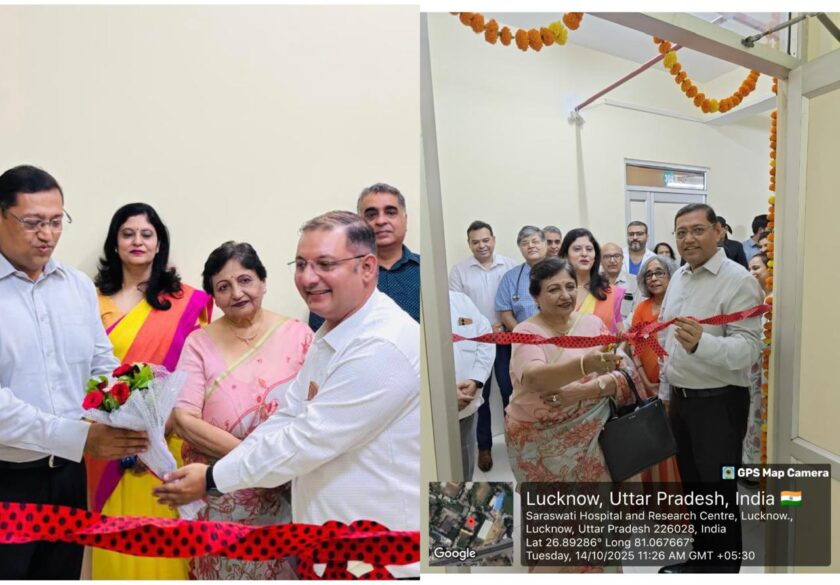Lucknow: To explore the science, significance, and influence of colours on life and the environment, the Amity Institute of Biotechnology (AIB), Amity University Uttar Pradesh, Lucknow Campus, inaugurated a two-day International Symposium on “Colours: From VIBGYOR to Earth (ISCVE 2025)”.
The symposium aims to delve into the astrological, meteorological, chemical, genetic, and biological aspects of colours and pigments, offering a multidisciplinary understanding of how colours impact life on Earth.
Chief Guest Sanjiv Narain Mathur, Additional Secretary & Financial Advisor, Ministry of Agriculture and Farmers Welfare, Government of India, Guest of Honour Prof. (Dr.) Suman Preet Singh Khanuja, Former Director, CSIR-CIMAP, Lucknow, and Founder President, Flora Fauna Science Foundation, along with Prof. (Dr.) Anil Vashishth, Pro Vice Chancellor, Amity University Lucknow Campus and Prof. (Dr.) Rajesh Kumar Tiwari, Director, AIB & Dean, Academics, Amity Lucknow formally inaugurated the symposium by lighting the ceremonial lamp.
Welcoming the guests, Prof. (Dr.) Anil Vashishth talked about higher education apprised the guests about the vision and leadership of Dr. Ashok K Chauhan, founder President Amity Education group. Prof Vashishth highlighted the uniqueness of the symposium’s theme, describing it as an engaging blend of art and science. “Over the next two days, eminent scientists and researchers from across India will share insights into the scientific, social, and aesthetic dimensions of colours,” he said. “Our students will learn how different colours influence life, emotions, and beauty, and will explore the fascinating complexity of the colour spectrum.”
Addressing the gathering, Prof. (Dr.) Suman Preet Singh Khanuja remarked, “Colours are the questions, and science is the answer to the ‘how,’ ‘what,’ and ‘why’ behind them. When science explains these mysteries, our understanding deepens — and that understanding transforms into technology.” He added poetically that “colours are the whispers of plants about the health on earth,” emphasizing their role in nature’s communication.

In his keynote remarks, Chief Guest Sanjiv Narain Mathur observed that colours can be both natural and synthetic. “While natural colours reflect the true characteristics of objects — like the purity of clean water or the turbidity of dirty water — synthetic colours, though widely used, can be toxic and harmful to health,” he cautioned. Mr. Mathur expressed optimism that the symposium would serve as a “path-breaking” initiative in studying and understanding the broader implications of colours in science and daily life.
Dignitaries also released a book of abstract of the symposium. Over the course of two days, scientists, experts, researchers, and biotechnology students will participate in technical sessions and discussions exploring the multiple dimensions and significance of colours.
The inaugural session was attended by the Heads of Departments and Institutions, along with faculty members and students from various disciplines of the university.






